For decades, archaeologists have relied on pottery shards to reconstruct the daily lives of ancient civilizations. While form, decoration, and manufacturing techniques provide valuable clues, a quieter revolution has been brewing in laboratories – the study of microscopic starch grains trapped in the porous surfaces of ceramic vessels. This emerging field is rewriting our understanding of prehistoric cuisine, trade networks, and even ritual practices.
The Science Behind the Stains
When ancient cooks prepared meals in clay pots, starches from tubers, grains, and other plant materials became embedded in the ceramic matrix. These resilient microfossils can survive for millennia, protected from degradation by the very pottery that captured them. Modern techniques like microscopy and biochemical testing allow researchers to identify specific plant species, sometimes down to varietal levels, based on the unique shape and size of starch granules.
Laboratories employ various extraction methods, from gentle washes that preserve fragile grains to enzyme treatments that dissolve organic contaminants. Polarized light microscopy reveals the distinctive "Maltese cross" pattern characteristic of starch, while scanning electron microscopy provides three-dimensional detail of grain surfaces. More recently, genetic analysis of accompanying organic residues has begun complementing traditional morphological identification.
Unexpected Discoveries from Fired Clay
In Anatolia, starch analysis overturned long-held assumptions about the Neolithic transition to agriculture. Residues from 9,000-year-old cooking pots revealed that wild plants remained dietary staples long after the adoption of domesticated wheat. Similarly, Mesoamerican vessels told a story of early chili pepper use that predated archaeological evidence by nearly a thousand years.
Perhaps most remarkably, South American research identified traces of maize in ceremonial vessels from coastal Peru dating to 3000 BCE – centuries earlier than previously documented and hundreds of miles from where the crop was first domesticated. This finding forced a reevaluation of early maritime trade routes and cultural connections along the Pacific coast.
Methodological Challenges and Breakthroughs
The work isn't without complications. Starches from different species can appear remarkably similar, and diagenetic changes over time may alter granule morphology. Contamination from later periods or improper handling poses constant risks. Researchers have developed rigorous protocols, including control samples from excavation soils and statistical models to account for preservation biases.
A 2022 study published in Archaeometry demonstrated how machine learning algorithms can now differentiate between closely related cereal grains with 94% accuracy based on microscopic features invisible to the human eye. This technological leap promises to unlock more precise dietary reconstructions, particularly for regions where crop domestication occurred through complex hybridization processes.
Beyond Nutrition: Cultural Practices Revealed
Starch analysis does more than catalog ancient ingredients. In Scandinavia, the presence of barley starch in burial urns suggested funerary beer offerings. Southeast Asian research uncovered evidence of taro processing in ritual vessels, indicating its ceremonial importance alongside everyday consumption. Perhaps most poignant are the traces of milk and cereal starches found in Neolithic baby bottles, offering intimate glimpses into prehistoric childcare.
The technique has also shed light on technological evolution. The absence of certain starch types in early pottery from Japan's Jomon period implies these vessels may have been used for storage rather than cooking, while scorch marks and residue patterns in later examples document the adoption of new food preparation techniques.
Future Directions in Microfossil Research
As methodologies improve, researchers are pushing the boundaries of residue analysis. Some teams now combine starch data with lipid and protein studies for comprehensive dietary profiles. Others are developing non-destructive techniques using spectroscopy that could analyze museum collections without sampling. There's growing interest in applying these methods to stone tools, which often preserve even older residues than pottery.
The humble starch grain, long overlooked in favor of more glamorous artifacts, has become one of archaeology's most powerful tools for understanding our shared culinary past. Each microscopic remnant tells a story – of hunger and abundance, of innovation and tradition, of the unbroken human connection between earth, fire, and food that stretches back to the dawn of civilization.

By /Jul 14, 2025

By /Jul 14, 2025
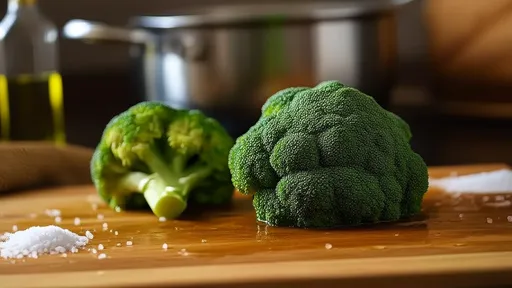
By /Jul 14, 2025
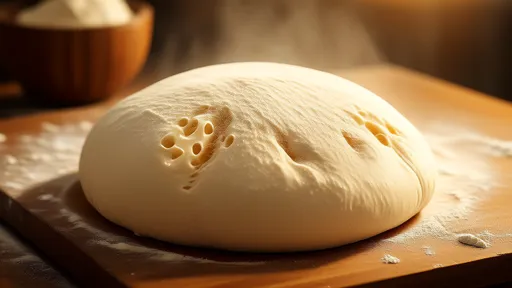
By /Jul 14, 2025
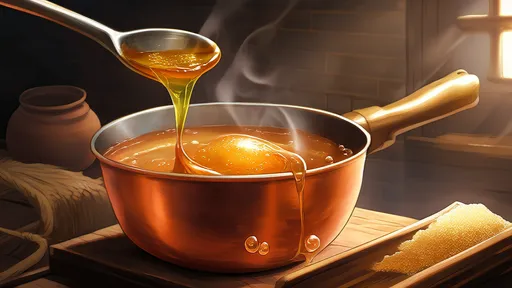
By /Jul 14, 2025

By /Jul 14, 2025
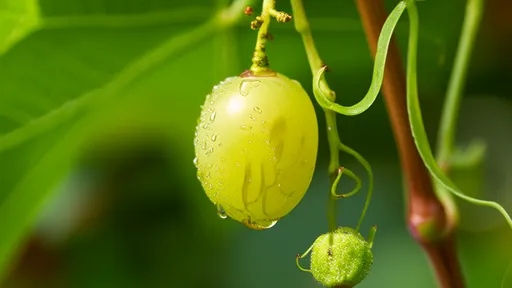
By /Jul 14, 2025
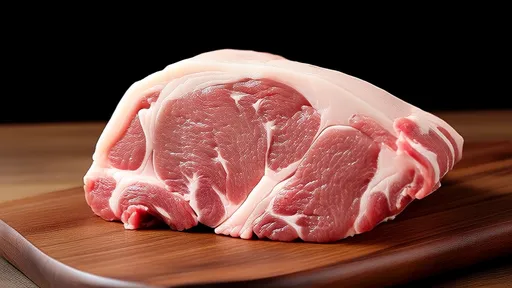
By /Jul 14, 2025
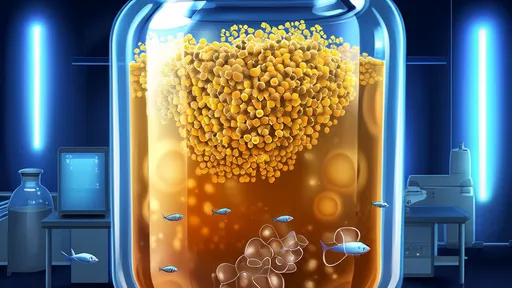
By /Jul 14, 2025
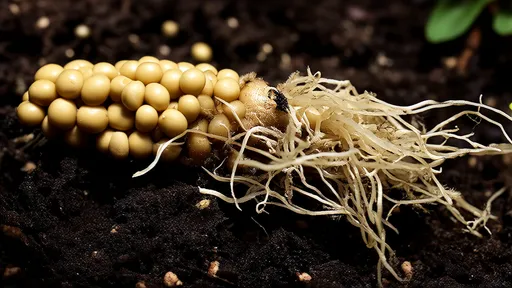
By /Jul 14, 2025

By /Jul 14, 2025
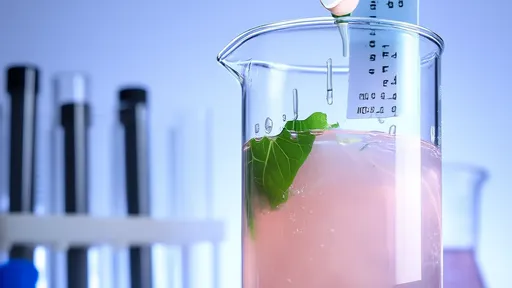
By /Jul 14, 2025
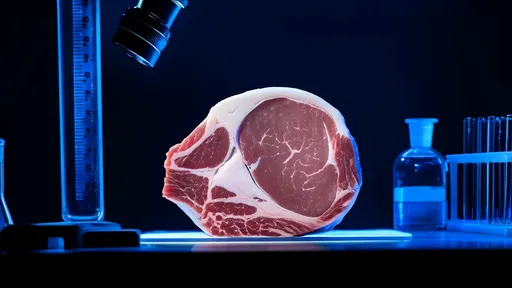
By /Jul 14, 2025

By /Jul 14, 2025
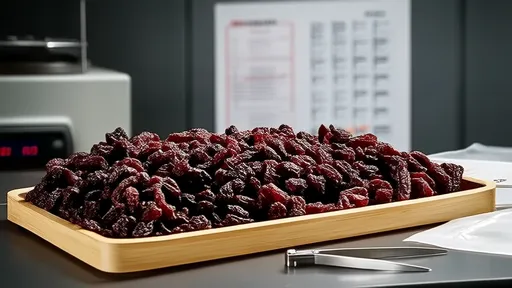
By /Jul 14, 2025
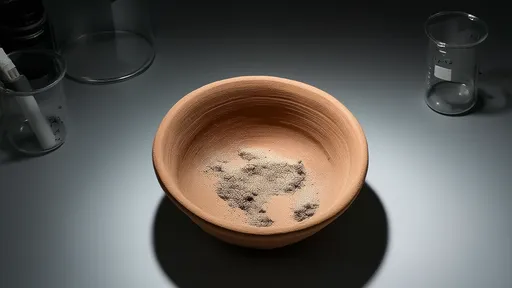
By /Jul 14, 2025
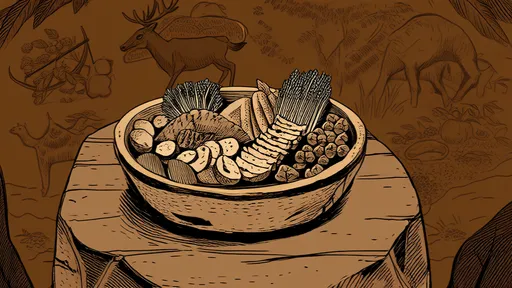
By /Jul 14, 2025
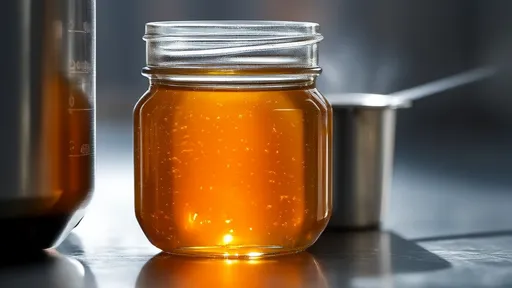
By /Jul 14, 2025